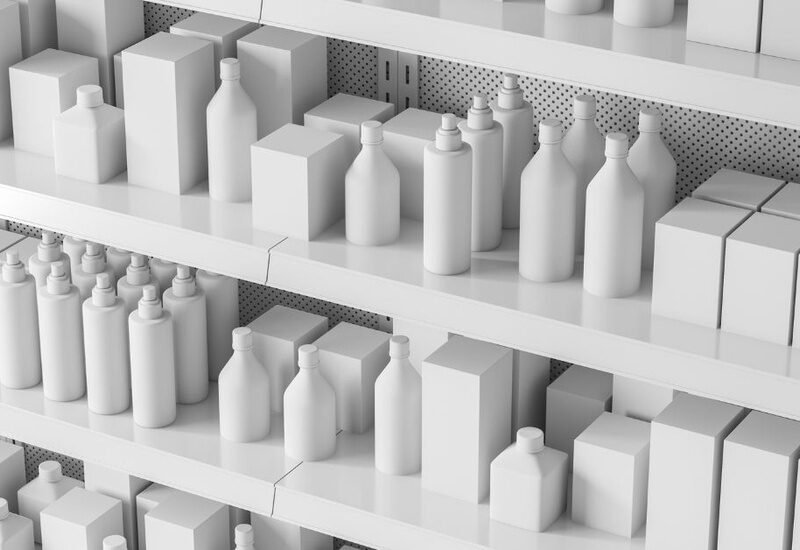When was the last time you grabbed a product off the shelf just because it looked cool? It’s probably happened more often than you think. How product shape dictates buying behavior is a fascinating topic, whether you’re designing packaging for clients or dreaming up the next big thing for your business. Shape isn’t just about aesthetics; it’s a secret weapon for influencing what consumers engage with and, more importantly, what they take home.

First Impressions Are Everything
The shape of a product often dictates how people feel about it, and this process can happen within seconds. A sleek, tall bottle screams elegance and sophistication, while a short, squat jar feels approachable and sturdy. People associate certain shapes with certain qualities, even if they don’t realize it.
Businesses take advantage of this effect. Curvy bottles are often used for indulgent products like lotions, while rigid, rectangular packaging works for practical items like cleaning supplies. The first glance can determine whether someone sees immediate value in your product or moves on without a second thought.
Shapes Trigger Emotional Responses
Every curve, edge, or angle can elicit specific emotions. Rounded shapes are often seen as soft, comforting, and friendly, while sharp geometric designs give off a bold and edgy vibe. Think about how toys often come in rounded containers whereas high-end electronics lean toward crisp, angular packaging. Shape sets a tone, making the consumer feel something before they even read a label. This emotional connection can turn a fleeting glance into a sale.
Functionality Wins Fans
A well-designed shape doesn’t just look good; it works well too. Ergonomic designs can elevate a product from being just another option to a fan favorite. A curved shampoo bottle can easily fit within a consumer’s hand. Stackable packaging just makes sense for canned products people might keep in stock. Functionality isn’t just practical; it also communicates thoughtfulness. An easier-to-handle product feels like it was made for you, and that kind of attention to detail builds brand loyalty over time.
Shape Creates a Lasting Brand Identity
Some shapes are so iconic they’re instantly tied to the brand. A classic example is the glass soda bottle. Even without labels, it’s unmistakable. Shape becomes part of the brand’s identity, reinforcing its presence on crowded shelves.
Beyond tradition, unique designs can help you stand out from competitors. Whether it’s a triangular chocolate bar or a hexagonal honey jar, distinct shapes make products memorable. After all, packaging will always influence consumer choices, and shape plays a starring role in that equation.
Shaping Your Product for Success
Whether you’re redesigning an existing product or starting from scratch, never underestimate the power of a compelling shape. Shapes create perceptions, stir emotions, and even impact usability. How product shape dictates buying behavior is a reminder that design decisions directly connect with dollars. The next time you pick up a product, take a moment to consider why you reached for that one. Chances are, its shape spoke to you.
